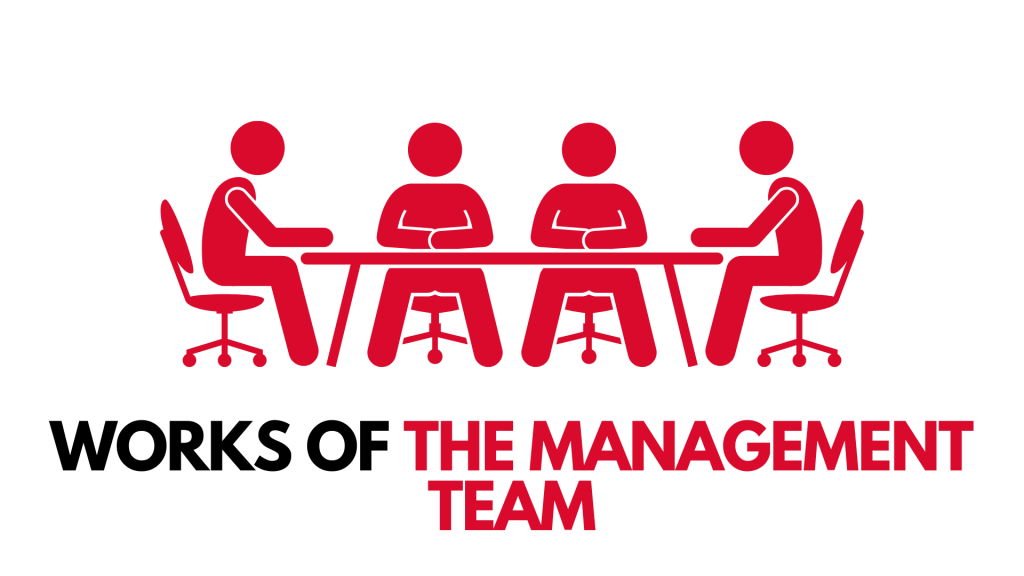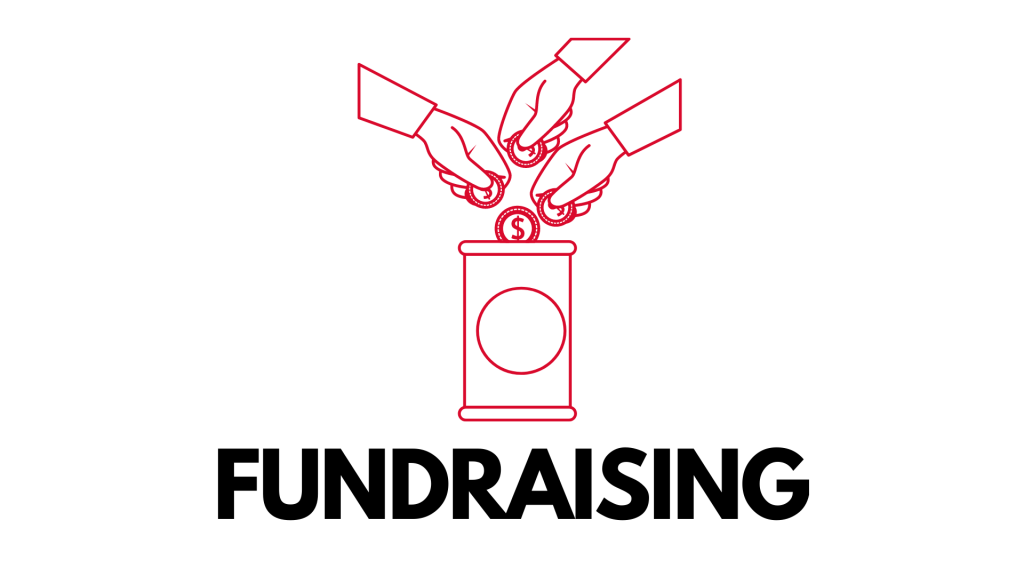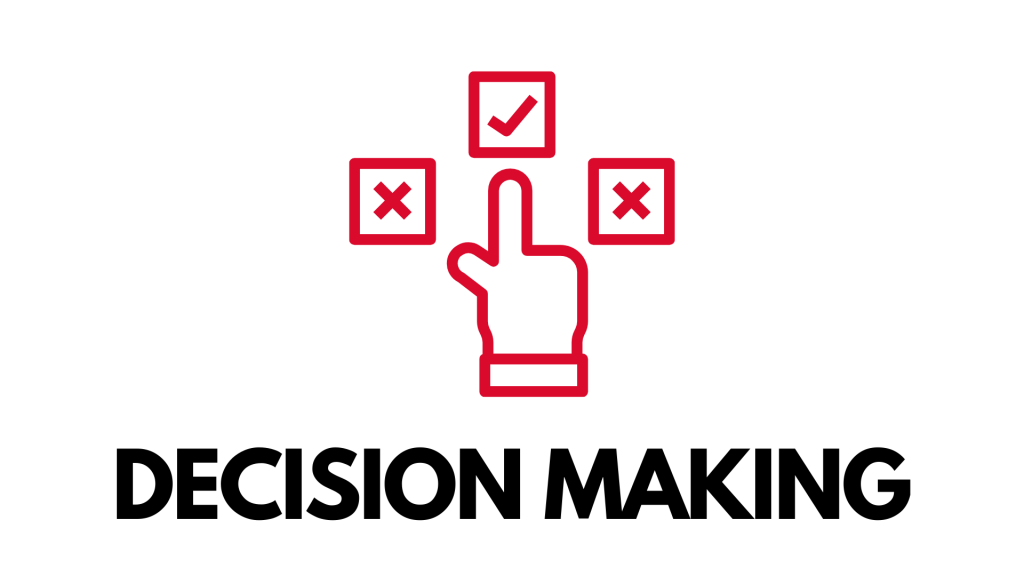Now that we have analyzed how the private equity market works in the real world, we can move on to the management process of the private equity funds. The management team is responsible to carry out various activities from fundraising to investing to exiting from the investments.
Basically, the majority of the work in the whole private equity investment process is done by the management team. So, let’s jump in and learn what activities are carried out by the managers, how they do it, and the best practices when it comes to the managerial process.

There are basically 4 major activities carried out by the management team:
1) Fundraising

Fundraising is generally one of the toughest activities for the management team. Why? It is because they have to convince investor/s to trust the management team and commit their investment for a certain number of years. There is also the problem of liquidity which discourages investor/s from investing. To convince an investor, a certain well-organized process is carried out. Normally, the process includes:
a) Launching The Business Idea
Study the community of investors and their interest in the idea. Change the ideas accordingly if necessary. Then, fulfill all the legal formalities by declaring the number of estimated funds and other details of the vehicle.
b) Selling
Now that the managers have studied the market, they need to convince the potential investors to commit their money and sign an agreement that generally includes the amount of money, time for the maturity of funds, and other details.
c) Raising Debt
Debt raising is not allowed for closed-end funds in the European market but it is allowed in the US/UK firms. The main idea here is to convince the LPs(investors) and the banking system to invest and give debts respectively. Successful debt raising is hugely dependent upon the reputation of the management team.
d) Closing
In this phase, there can be two outcomes. One is the firm is able to collect the required amount of money, and the other is that the firm fails to collect the money. In the former case, the firms move on to the investment phase whereas in the latter case, investment is not carried out.
e) Investing
A company that successfully collects funds is now ready for investing. Two common steps are followed in order to invest the funds.
2) Decision Making

Decision-making involves screening through investment offers from companies or scouting the market for potential companies. Then, performing due diligence and valuation of the selected companies along with testing risks of investment. Finally, negotiation is done with the selected company and eventually they proceed to the deal-making phase.
Deal making involves signing a contract between the investment firm and the company. The contract is carefully curated after the firm and the company find a common ground in fulfilling both of their demands. For deal-making, there are three basic pillars
- Targeting: Vehicle to use for investment and percentage equity
- Liability Profile: Syndication and Debt Issuance
- Engagement: Type of shares, paying method, and management of the company
3) Managing And Monitoring

Private Equity not only provides financial support but also other technical support to the company. They also support in management and monitoring of the company. The PEI plays a huge role in helping the company grow and generate. The ways in which PEI can support the company can be broadly categorized into:
- Board Services: Help build a proper governance system
- Performance Review: Ensuring the company has a proper auditing system, information systems to assess the performance
- Recruiting Process: Facilitating and managing the recruitment process
- Maintaining Relations: PEIs generally have a wide network that can be utilized to benefit the company
- Mentorship: PEIs can mentor the management team along with the entrepreneur
A PEI is not only a financer but a partner of a company and can be a game-changer when it comes to growing a business.
On the other side, the value brought by a company also needs to be protected. The PEI also needs to do this for making a safe exit from the company. There are some mechanisms that are used to regulate this process for both the company and the PEI:
a) Lockup
An agreement is signed that states a certain period of time before which none of the shareholders can sell their sales or simply make an exit from the company. Why this restriction? Well, the PEI invests in a company trusting the entrepreneur’s skills but there remains a possibility that the entrepreneur will sell their shares and make an exit. To eradicate this possibility, the shareholders are bound by this time limit.
b) Permitted Transfer
This mechanism is similar to lockup but in this case, a shareholder can sell their shares only after the approval of the other shareholders. This mechanism again is for mitigating risks and protecting the PEI from that possibility discussed above.
c) Staging
The investment from PEIs is delivered in a certain number of tranches. Each tranche is delivered only if a certain milestone is reached by the company. The details about the milestone and the number of tranches are decided before and agreed upon by the company and PEI.
d) Stock Options
In the case of startups or in early growth phases, the entrepreneur might not have majority shares. This can affect the motivation of the entrepreneur to work for the company. So, in order to motivate the entrepreneur to keep going, they are provided with a stock option. There is a provision that allows the entrepreneur to buy shares of the company at a favorable price (i.e., they can buy shares at a much lower price even though the actual price is a lot higher)
e) Calling And Putting
When someone buys the shares of a company, they can be given the put option while the entrepreneur can be given the call option. Now, what is putting and calling?
Imagine a PEI invests in a company and is allowed to put. Now, the PEI can sell its shares to the entrepreneur and make an exit.
Also, if an entrepreneur is allowed to call, they can buy shares from other investors.
f) Tag-along And Drag-along
In tag-along, the PEI holds the right to sell the shares to the entrepreneur at the same price the entrepreneur is going to sell to someone else. It helps to make sure that the minority shareholders make safe exits.
In drag-along, the PEI holds the right to ask the entrepreneur to sell their shares at the same price that the PEI is selling. This gives PEI the power to sell 100% of the company without owning 100% shares.
g) Right To Refusal
With this provision, the PEI can buy shares from the entrepreneur at the same price that the entrepreneur is selling to someone else. This helps the PEI not let unwanted shareholders in their company.
h) Exit Ratchet
By this provision, the shareholder/s who are selling their shares must give a portion of the capital gain to the remaining shareholders who still have stakes in the company. The shareholder can be a PEI or an entrepreneur.
4)Exiting

Exiting refers to selling the shares of a company in order to gain value. Exiting has to be done following the rules and covenants of investment, the situation of the company’s business, and the market.
There are several ways for a PEI to make an exit and some common ways are:
a) Trade Sale
A trade sale is the selling of shares to another entrepreneur or another corporation. This type of sale is not very common as the entrepreneur doesn’t want to share their property (the company) with another entrepreneur or corporation.
However, trade sale is common in cases of Leveraged Buyout (LBO) or when the drag-along right is given to a PEI.
b) Buy Back
In a buyback, a shareholder sells their stake to an existing shareholder in the company. It is similar to the trade sale but in this case, the buyer is not an outsider but the shareholder of the same company.
Buyback often goes hand in hand with the puttable share right given to a PEI.
c) IPO
Though very rare, this option can prove hugely beneficial to the shareholder/s who are making an exit. There are many reasons why exiting through IPO is not allowed in maximum cases.
The major reason is that not all companies and entrepreneurs can handle retail investors in the company. Also, the company has to be attractive enough to excite the investors in the stock market. If all the stars align, there remains a possibility of exiting through IPO.
d) Sale To Another PEI
Another option on the table is for the existing shareholder to sell their shares to another PEI.
This process generally involves a lot of negotiation as the seller wants to make as much capital gain as possible while the buyer wants a lower price.
e) Write Off
An absolute nightmare but still a possibility for a PEI is a write-off. It generally happens when a company has defaulted. In write-off, the investor cancels the value of their stakes. The only way to recover some investment can be by selling assets of the company.
Conclusion
Managing and raising funds definitely isn’t an easy task as we can clearly understand at this point. However, there are a lot of good investment firms that have succeeded and yielded a huge amount of profit for themselves and the investors.
Make sure to check out the last part of the series to complete your knowledge on the fundamentals of private equity and venture capital.
